Home>Furniture & Design>Interior Design Trends>When Were Glass Windows Invented


Interior Design Trends
When Were Glass Windows Invented
Modified: February 18, 2024
Discover the history of glass windows and their impact on interior design trends. Learn about the evolution of window design and its influence on modern interiors.
(Many of the links in this article redirect to a specific reviewed product. Your purchase of these products through affiliate links helps to generate commission for Storables.com, at no extra cost. Learn more)
Introduction
Glass windows have become an integral part of architectural design, allowing natural light to illuminate interior spaces while providing a barrier against the elements. The evolution of glass windows is a fascinating journey that spans centuries, marked by significant advancements in technology and design. From the humble beginnings of small, translucent panes to the grand, intricate stained glass windows adorning cathedrals, the history of glass windows is a testament to human ingenuity and creativity.
Throughout history, the development of glass windows has mirrored the progress of civilization, reflecting the cultural, artistic, and technological achievements of each era. Understanding the origins and evolution of glass windows provides valuable insights into the interplay between architecture, design, and functionality. This exploration will delve into the early history of glass windows, the invention of crown glass, the development of stained glass windows, the impact of the Industrial Revolution on mass production, and the modern innovations that continue to shape the world of architectural glazing.
The story of glass windows is a testament to human innovation and the enduring quest for beauty, functionality, and sustainability in architectural design. As we embark on this journey through time, we will uncover the remarkable milestones and pivotal moments that have shaped the windows we gaze through today. Join us as we unravel the captivating narrative of glass windows, from their ancient origins to the cutting-edge innovations of the present day.
Key Takeaways:
- Glass windows have a rich history, evolving from ancient translucent panes to modern smart glass. The journey reflects human creativity and innovation in architectural design.
- The invention of crown glass revolutionized architectural glazing, leading to light-filled interiors and grand, soaring windows. Modern innovations continue to redefine the role of glass windows in sustainable building design.
Read more: When Were Wine Glasses Invented?
Early History of Glass Windows
The early history of glass windows dates back to ancient civilizations, where the concept of transparent openings in architectural structures first emerged. While the use of glass for windows may seem commonplace today, its origins are rooted in the ingenuity of early craftsmen and the gradual evolution of glassmaking techniques.
In ancient Rome, glass was initially used for decorative purposes, such as mosaic tiles and vessels, rather than as a material for windows. However, the Romans were among the first to experiment with the production of clear glass, laying the groundwork for the future development of transparent windows. The earliest known glass windows were found in Pompeii, where small panes of glass were used to enclose openings in buildings, allowing light to filter through while protecting the interior from the elements.
The utilization of glass windows gained momentum during the Middle Ages, particularly in monasteries and religious institutions across Europe. These early windows were crafted from small pieces of thinly sliced glass, often held together by lead strips. While these early iterations lacked the clarity and uniformity of modern glass, they represented a significant leap forward in architectural design and functionality.
One of the defining moments in the history of glass windows occurred during the medieval period with the emergence of crown glass. This innovative technique involved blowing a large bubble of glass, which was then spun rapidly to create a flat, circular sheet. The resulting crown glass possessed superior clarity and consistency, revolutionizing the production of glass windows and paving the way for larger, more uniform panes.
The evolution of glass windows continued to unfold, with advancements in glassmaking techniques and the refinement of architectural styles. The development of crown glass laid the foundation for the creation of larger windows, allowing for expansive, light-filled interiors in grand cathedrals and palaces. As the demand for glass windows grew, so too did the craftsmanship and artistry associated with their design, leading to the emergence of intricate stained glass windows that adorned sacred spaces with vibrant colors and symbolic imagery.
The early history of glass windows represents a testament to human innovation and the enduring quest for beauty, functionality, and sustainability in architectural design. The gradual refinement of glassmaking techniques and the evolution of window design set the stage for the remarkable advancements that would follow in the centuries to come. As we delve deeper into the story of glass windows, we will uncover the pivotal moments and remarkable innovations that have shaped the windows we gaze through today.
Invention of Crown Glass
The invention of crown glass marked a pivotal moment in the history of glass windows, revolutionizing the production and quality of architectural glazing. This innovative technique, which emerged during the medieval period, represented a significant leap forward in the quest for clearer, more uniform glass for windows.
The process of creating crown glass involved blowing a large bubble of glass, which was then spun rapidly to form a flat, circular sheet. This method resulted in glass with exceptional clarity and consistency, setting it apart from earlier forms of glassmaking. The superior optical properties of crown glass made it highly sought after for architectural applications, particularly in the construction of grand cathedrals, palaces, and other monumental structures.
One of the key advantages of crown glass was its ability to be produced in larger, more uniform panes, allowing for expansive windows that flooded interior spaces with natural light. This transformative development not only enhanced the aesthetic appeal of architectural design but also improved the functionality of buildings by maximizing daylight penetration.
The widespread adoption of crown glass had a profound impact on the architectural landscape, ushering in an era of light-filled interiors and grand, soaring windows. The clarity and brilliance of crown glass transformed the way buildings were designed, enabling architects to create luminous, open spaces that were previously unattainable with earlier forms of glass.
Moreover, the invention of crown glass elevated the craft of glassmaking, inspiring artisans to explore new possibilities in window design and construction. The ability to produce larger, more uniform panes of glass opened doors to innovative architectural expressions, allowing for the creation of awe-inspiring stained glass windows and intricate decorative elements that adorned sacred and secular spaces alike.
The legacy of crown glass endures as a testament to human ingenuity and the enduring quest for excellence in architectural glazing. Its invention not only transformed the physical properties of glass windows but also reshaped the way we perceive and interact with architectural spaces. As we continue to explore the evolution of glass windows, the impact of crown glass remains a shining example of the remarkable advancements that have shaped the windows we gaze through today.
Development of Stained Glass Windows
The development of stained glass windows represents a captivating chapter in the history of architectural glazing, characterized by a fusion of artistic expression and technical innovation. Originating in the medieval period, stained glass windows evolved from simple, translucent panels into breathtaking works of art that adorned the interiors of cathedrals, churches, and other significant structures.
Stained glass windows are renowned for their vibrant colors, intricate designs, and symbolic narratives, which captivate viewers with their luminous beauty and storytelling prowess. The earliest iterations of stained glass windows featured basic compositions of colored glass set within lead cames, creating geometric patterns and rudimentary depictions of religious motifs.
As the craft of stained glass evolved, artisans began to explore new techniques for manipulating glass, such as kiln-fired painting and the use of silver stain to achieve varying shades of yellow. These advancements allowed for greater artistic expression, enabling the creation of lifelike figures, elaborate scenes, and richly detailed imagery within the confines of a glass panel.
The medieval period witnessed a flourishing of stained glass artistry, with master glaziers and craftsmen pushing the boundaries of creativity and technical skill. Stained glass windows became integral components of religious architecture, serving as visual narratives that conveyed biblical stories, religious teachings, and allegorical representations to congregations and visitors.
The allure of stained glass windows extended beyond their religious significance, as they also adorned secular spaces, royal residences, and civic buildings, adding a touch of opulence and splendor to the architectural landscape. The intricate interplay of light and color within stained glass panels created an ethereal ambiance, transforming interior spaces into kaleidoscopic realms of beauty and contemplation.
The Renaissance period ushered in a new era of innovation and refinement in stained glass design, with artists and craftsmen embracing classical motifs, naturalistic forms, and heightened realism in their compositions. The use of grisaille, a painting technique that employed monochromatic tones to create shading and depth, further enriched the visual impact of stained glass windows, elevating them to new heights of artistic sophistication.
The development of stained glass windows stands as a testament to the enduring marriage of art and architecture, where the interplay of light, color, and storytelling converges to create transcendent experiences within built environments. As we trace the evolution of stained glass windows, we uncover a legacy of creativity, technical mastery, and cultural significance that continues to inspire and enchant audiences to this day.
The first known glass windows were created in the Roman Empire around the 1st century AD. They were initially small and thick, but the technique for creating larger, clearer glass panes developed over time.
Industrial Revolution and Mass Production of Glass Windows
The Industrial Revolution heralded a transformative era in the production of glass windows, propelling the craft of architectural glazing into a new age of innovation and efficiency. The advent of mechanized manufacturing processes, coupled with advancements in glassmaking technology, revolutionized the way windows were produced and installed, shaping the architectural landscape in profound ways.
During the Industrial Revolution, the demand for glass windows surged as urbanization and industrialization led to the construction of larger, more expansive buildings. This increased demand necessitated a shift from traditional, labor-intensive methods of glassmaking to more streamlined, mechanized approaches. The introduction of steam-powered machinery and automated glass-cutting techniques enabled the mass production of uniform glass panes, significantly reducing production time and costs.
One of the key developments during this period was the invention of the cylinder glass manufacturing process, which allowed for the continuous production of flat glass sheets. This breakthrough innovation, pioneered by the French chemist Étienne Lenoir in the early 19th century, revolutionized the efficiency and scale of glass production, laying the groundwork for the mass manufacturing of glass windows on an unprecedented scale.
The mass production of glass windows not only met the growing demand for glazing materials but also facilitated the widespread adoption of large, transparent windows in architectural design. The availability of affordable, standardized glass panes transformed the way buildings were constructed, allowing for expansive facades and light-filled interiors that epitomized the architectural aesthetics of the era.
Furthermore, the Industrial Revolution spurred advancements in architectural engineering and design, leading to the development of innovative window systems and structural glazing solutions. The integration of steel frames, sashes, and casements facilitated the installation of larger windows, enabling architects to create monumental glass facades that defined the modern urban landscape.
The impact of the Industrial Revolution on the mass production of glass windows reverberates through the architectural legacy of the 19th and 20th centuries, shaping the skylines of cities and the interiors of commercial, industrial, and residential spaces. The accessibility of standardized glass panes and the efficiency of manufacturing processes propelled architectural glazing into a new era of possibility, setting the stage for the modern innovations and technological advancements that continue to define the world of glass windows today.
The Industrial Revolution not only transformed the production and availability of glass windows but also reshaped the very fabric of architectural design, ushering in an era of unprecedented scale, efficiency, and architectural expression. As we reflect on this pivotal period in the history of glass windows, we recognize the enduring legacy of innovation and progress that continues to shape the built environment in remarkable ways.
Read more: When Were Glass Bottles Invented
Modern Innovations in Glass Window Technology
The evolution of glass window technology has witnessed a convergence of cutting-edge innovations and sustainable design principles, reshaping the way we perceive and interact with architectural glazing. In the contemporary era, a wave of modern advancements has propelled glass windows into a realm of unprecedented functionality, energy efficiency, and aesthetic versatility.
One of the most notable innovations in glass window technology is the development of smart glass, also known as switchable glass or dynamic glazing. This revolutionary technology allows glass panels to transition between transparent and opaque states, offering enhanced privacy, solar control, and energy efficiency. Smart glass utilizes electrochromic, thermochromic, or suspended particle devices (SPD) to dynamically adjust the transparency of windows, responding to changing light conditions and user preferences. This transformative capability has redefined the role of glass windows in architectural design, enabling adaptive building envelopes that optimize natural light and mitigate solar heat gain.
Furthermore, the integration of low-emissivity (low-e) coatings in glass window manufacturing has significantly enhanced the thermal performance of buildings, reducing heat loss in winter and minimizing solar heat gain in summer. Low-e coatings are engineered to selectively reflect or absorb infrared radiation, improving the overall energy efficiency of windows without compromising visible light transmission. This sustainable approach to glazing technology has become a cornerstone of green building practices, contributing to reduced energy consumption and enhanced occupant comfort in commercial, residential, and institutional structures.
In addition to energy-efficient coatings, advancements in insulating glass units (IGUs) have revolutionized the thermal and acoustical properties of glass windows. IGUs consist of multiple glass panes separated by insulating spacers and hermetically sealed to create a thermal barrier, effectively reducing heat transfer and sound transmission. The implementation of gas fills, such as argon or krypton, within the interstitial spaces further enhances the insulating performance of IGUs, making them indispensable components of high-performance building envelopes.
Moreover, the emergence of photovoltaic (PV) glass has ushered in a new era of sustainable building integration, where transparent solar panels are seamlessly integrated into glass facades and windows to harness renewable energy while maintaining visual transparency. PV glass enables buildings to generate clean electricity from sunlight, contributing to the reduction of carbon emissions and the promotion of sustainable urban development.
The convergence of these modern innovations in glass window technology underscores a paradigm shift towards environmentally conscious, technologically advanced building solutions. As architects, engineers, and designers continue to push the boundaries of what is possible with glass, the future holds the promise of even more groundbreaking advancements that will redefine the role of windows in the built environment.
This section explores the remarkable advancements that have propelled glass windows into a realm of unprecedented functionality, energy efficiency, and aesthetic versatility. The convergence of cutting-edge innovations and sustainable design principles has reshaped the way we perceive and interact with architectural glazing, setting the stage for a future defined by even more groundbreaking advancements.
Conclusion
The journey through the history of glass windows has unveiled a captivating narrative of innovation, artistry, and technological progress. From the ancient origins of translucent panes to the modern era of smart glass and sustainable glazing solutions, the evolution of glass windows reflects the enduring quest for excellence in architectural design.
The early history of glass windows, rooted in the ingenuity of ancient craftsmen and the gradual refinement of glassmaking techniques, laid the foundation for the remarkable advancements that followed. The invention of crown glass during the medieval period revolutionized the production and quality of architectural glazing, ushering in an era of light-filled interiors and grand, soaring windows.
The development of stained glass windows represents a fusion of artistic expression and technical innovation, where vibrant colors, intricate designs, and symbolic narratives converged to create transcendent experiences within built environments. The allure of stained glass extended beyond its religious significance, adorning secular spaces with opulence and splendor, shaping the architectural landscape with its luminous beauty.
The Industrial Revolution propelled the mass production of glass windows, reshaping the architectural landscape with larger, transparent windows that defined the modern urban aesthetic. The accessibility of standardized glass panes and the efficiency of manufacturing processes set the stage for the modern innovations and technological advancements that continue to define the world of glass windows today.
In the contemporary era, modern innovations in glass window technology have redefined the role of architectural glazing, offering enhanced functionality, energy efficiency, and aesthetic versatility. The advent of smart glass, low-emissivity coatings, insulating glass units, and photovoltaic glass has transformed the way we perceive and interact with windows, paving the way for sustainable building integration and adaptive design solutions.
As we reflect on the remarkable journey of glass windows, from their ancient origins to the cutting-edge innovations of the present day, we recognize the enduring legacy of human ingenuity and the enduring quest for excellence in architectural glazing. The evolution of glass windows stands as a testament to the remarkable advancements that have shaped the windows we gaze through today, and the promise of even more groundbreaking innovations that will redefine the built environment of tomorrow.
Frequently Asked Questions about When Were Glass Windows Invented
Was this page helpful?
At Storables.com, we guarantee accurate and reliable information. Our content, validated by Expert Board Contributors, is crafted following stringent Editorial Policies. We're committed to providing you with well-researched, expert-backed insights for all your informational needs.

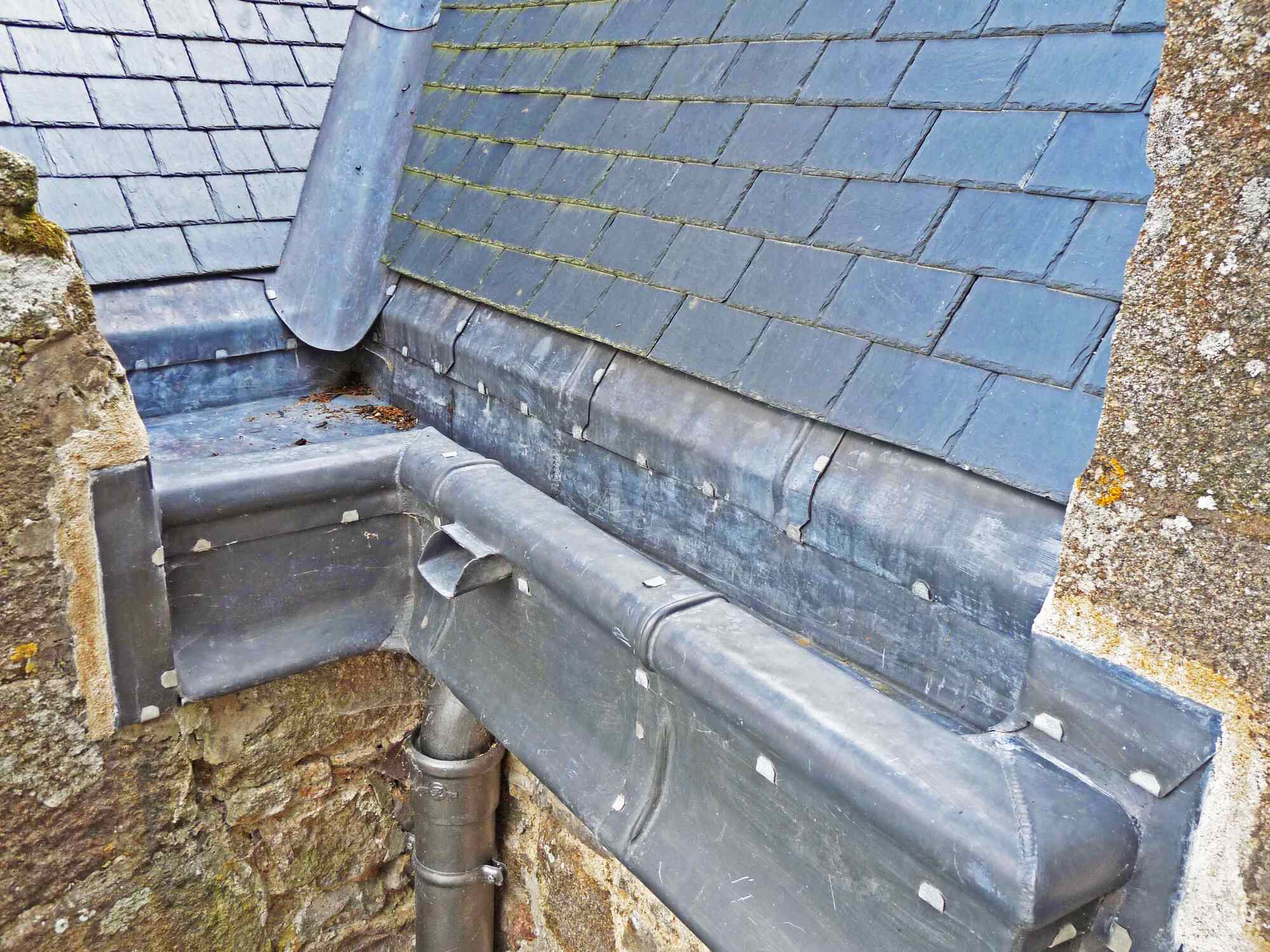
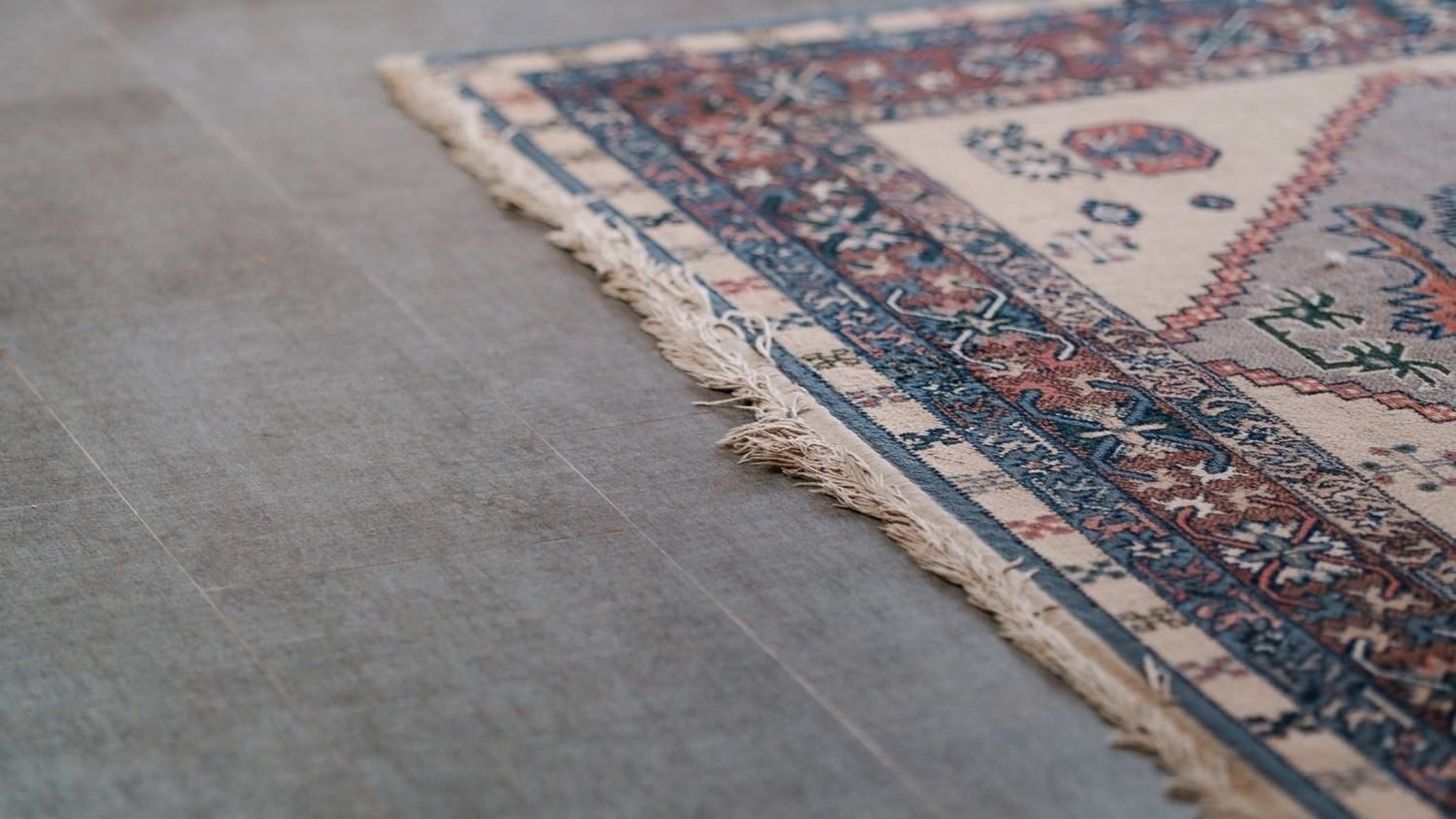
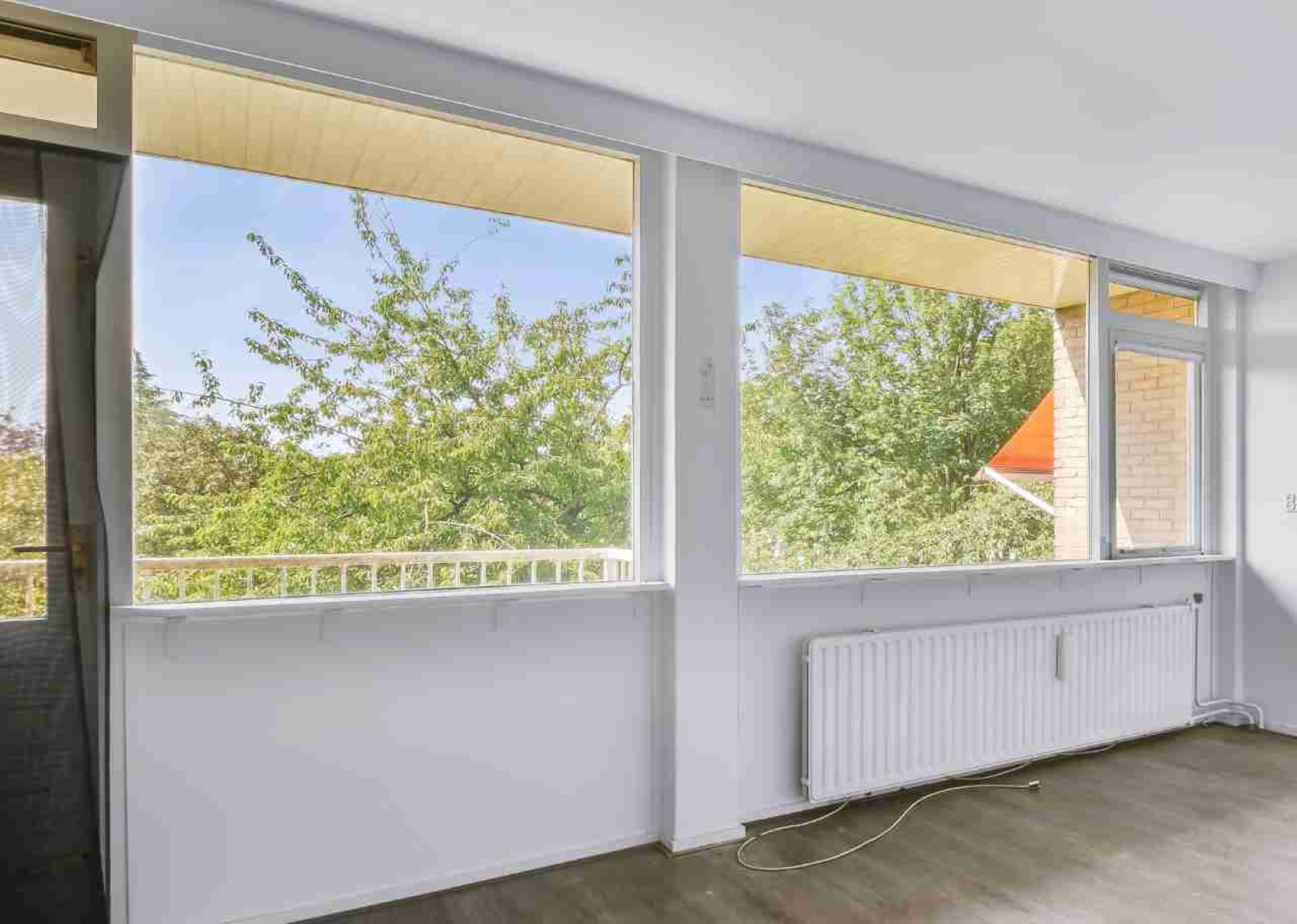


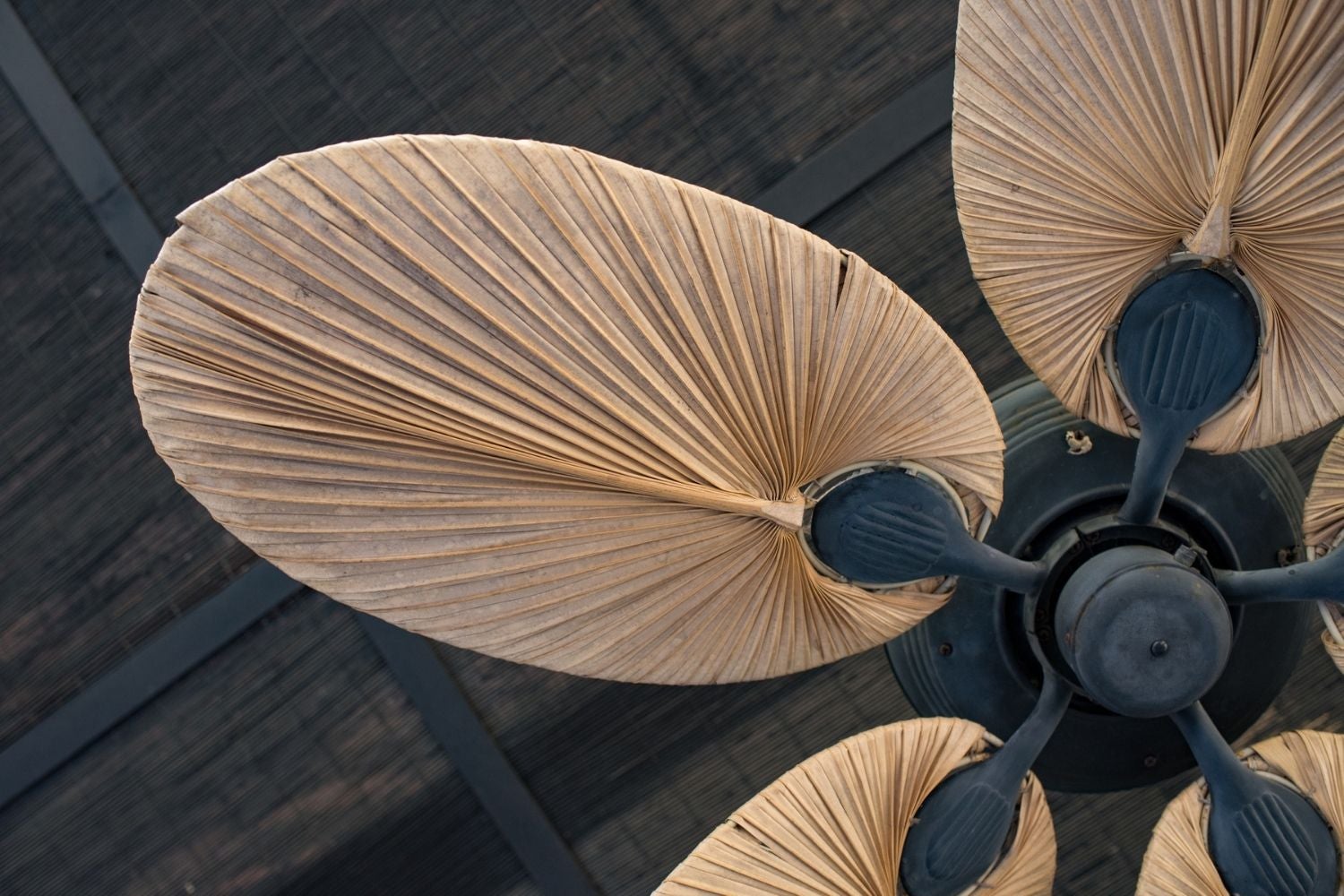
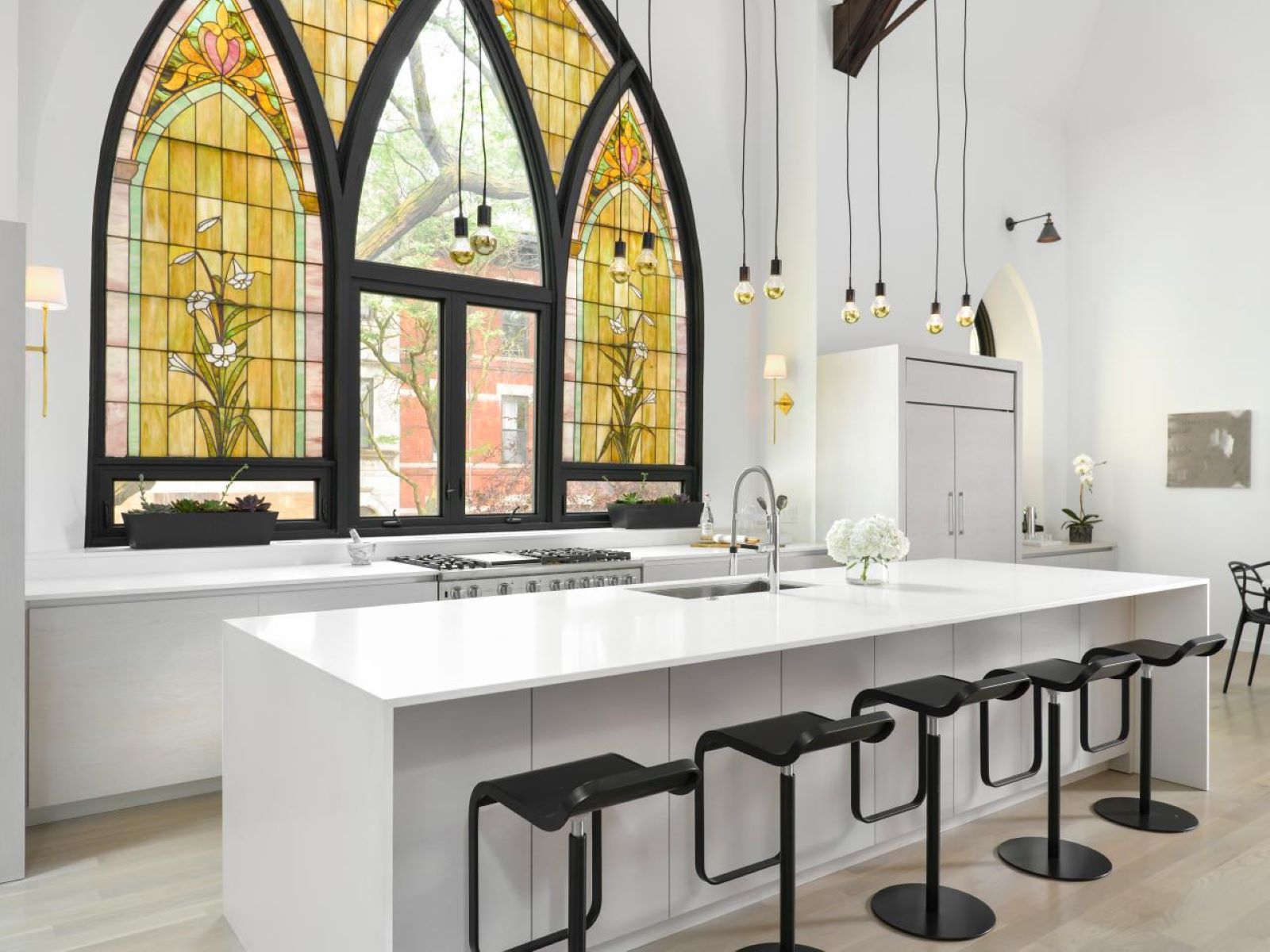

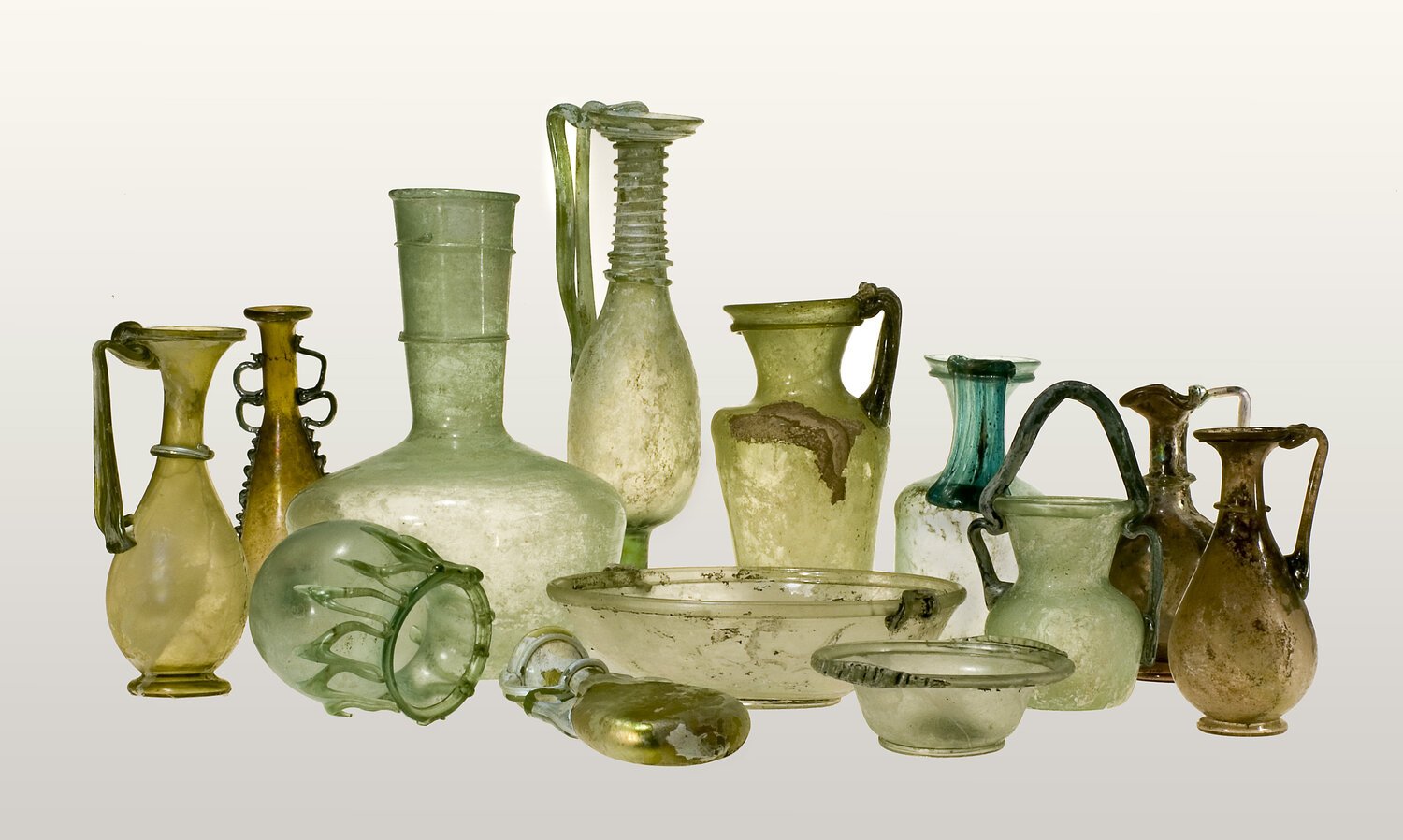

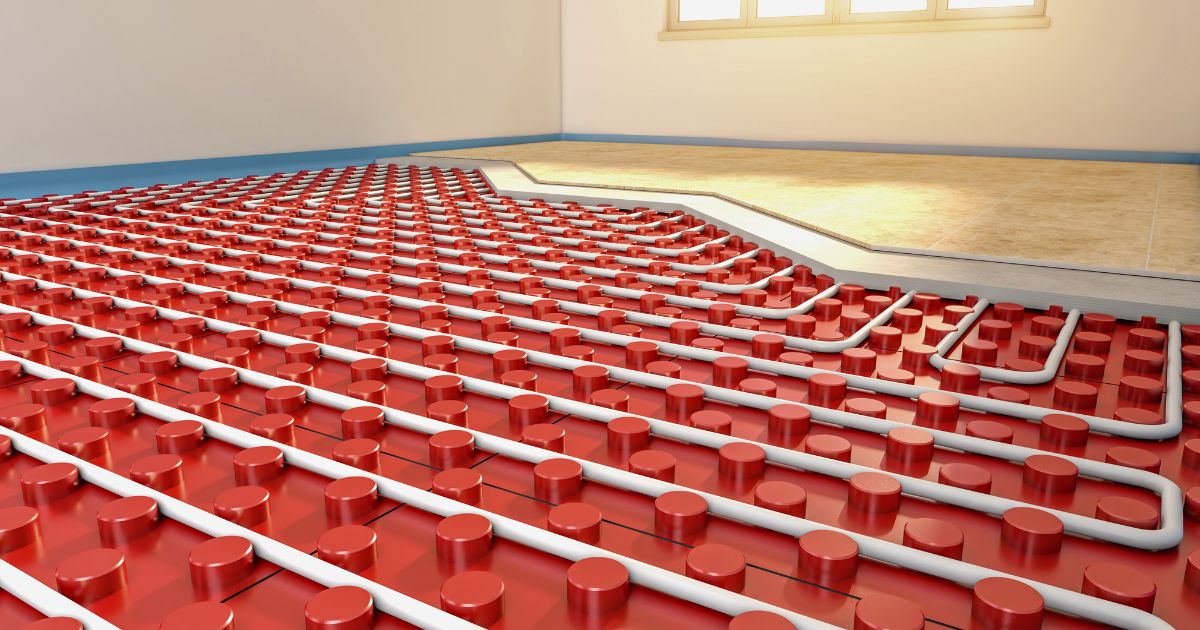
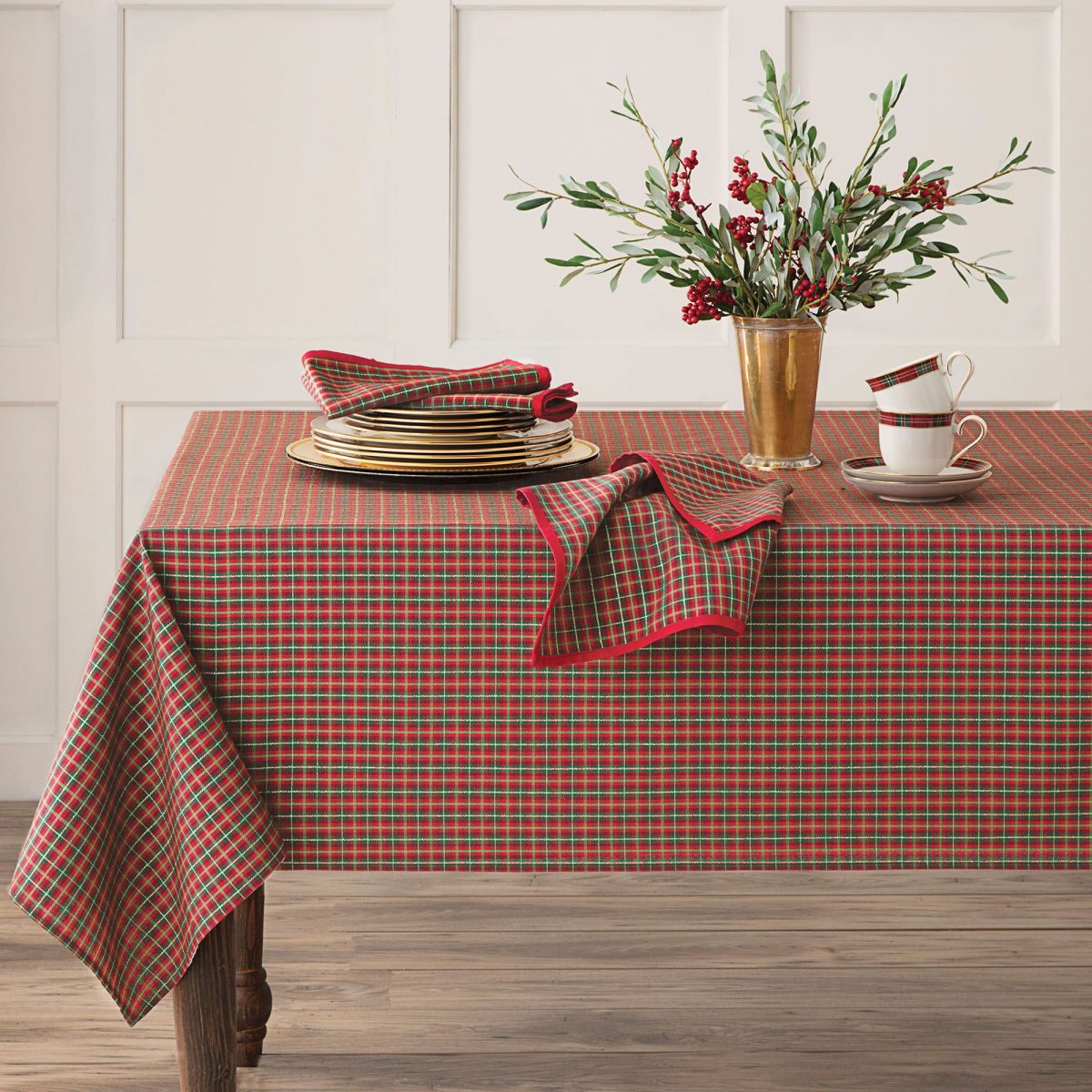


0 thoughts on “When Were Glass Windows Invented”